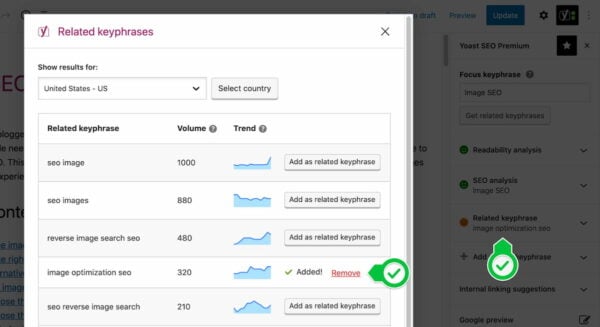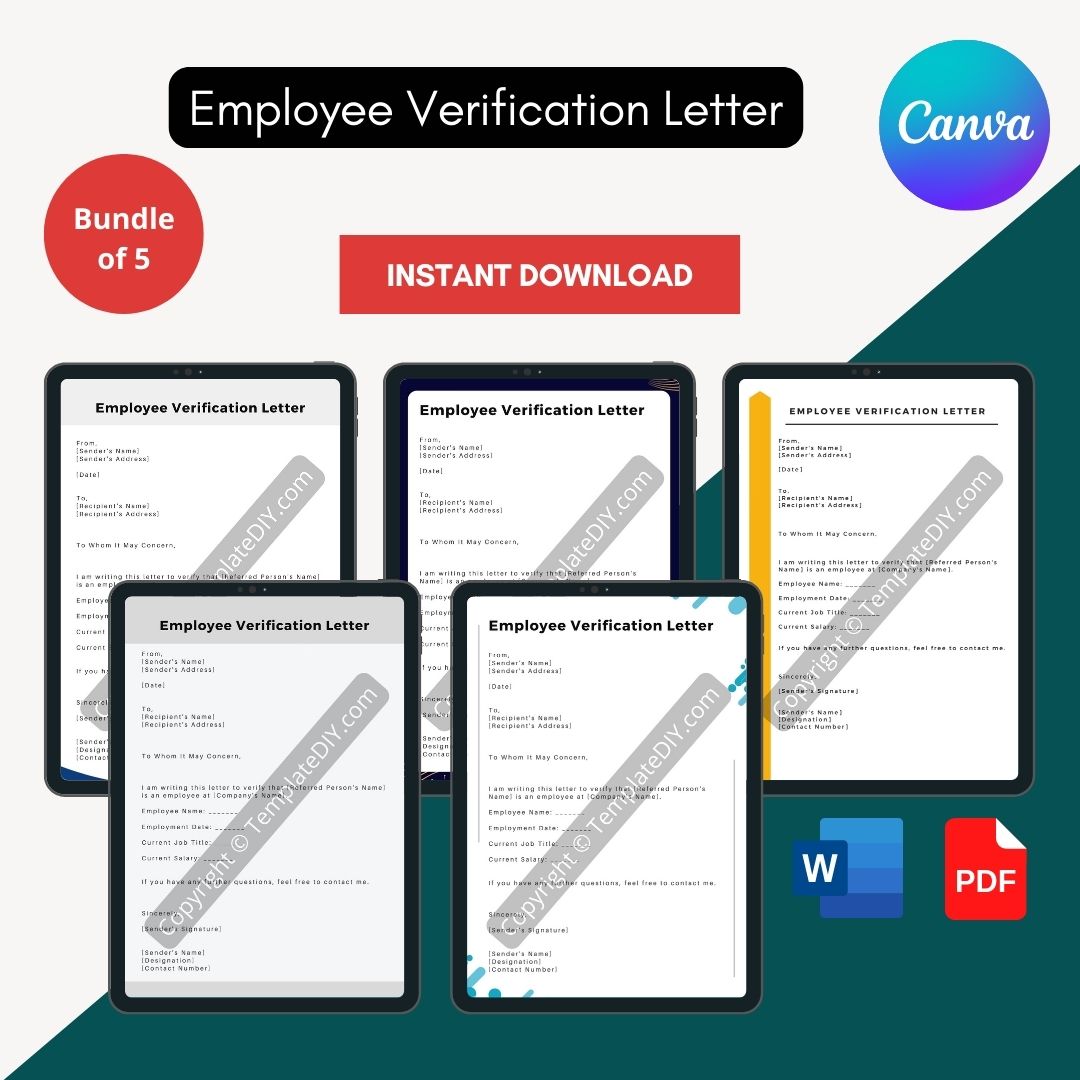
This experience fully integrates with existing templates created via content types and supports any existing ‘New’ menu configurations. Within this pane you can edit the template directly in the Office client, change the template's content type or delete the template. You can configure the New menu by selecting (or deselecting) which templates you wish to see and by using drag and drop to re-order the templates in the menu. You can also choose which templates are shown in the library by easily configuring the New menu in a modern panel. templates along with any newly added templates and content types. With this new capability, you can also maintain the default Word Excel, PowerPoint etc. In a modern library, you can add a template directly to your document library via the New menu drop down. We’re also adding the ability to edit the New menu - to add, hide or reorder the new file options.

:max_bytes(150000):strip_icc()/001-how-to-scan-to-a-word-document-1655793f25ea49ec9fff8fdbb9d87363.jpg)
That’s why we’re excited to announce the ability to add document templates to SharePoint document library content types. But templates have been obscure and hard to use. We’ve modernized information lifecycles in Microsoft 365 with data governance labels to establish retention and record policies. Content types can be used to enforce standards for custom metadata, document lifecycle, templates and more.Ĭontent types are essential to our vision of how we’ll continue to deliver content services innovation in Microsoft 365. And SharePoint content types are essential tools for managing content at scale. Still have questions? Leave us a comment below and we’ll try to help out.In Microsoft 365, SharePoint is at the centerstage of document-centric collaboration.
#Add word to new file menu how to#
You might also want to check out our massive guide on how to edit and customize WordPress websites. We hope this quick post helped you learn how to add pages and posts in WordPress. If it’s something that you want to show up in your blog, go with a post. If it’s something that you want to be easily accessible, go with a page. So, when you are deciding whether to add a new page or post, just ask yourself where you want the content to live on your website.

This could include things like news articles, product announcements, or helpful how-to guides. Posts, on the other hand, are meant for timely content that you want to appear in your website’s blog. This could include pages like your About Us, Contact, and Services pages. Pages are meant for static, evergreen content that you want to be easily accessible from your website’s main menu. The main difference between the two lies in their purpose. Both pages and posts are pieces of content that can be published on your WordPress website. Well, technically there is not much difference between the two. So, what’s the difference between a WordPress page vs post? You can also click the “Edit” button in a top bar right on the page or post you want to edit (for this you need to be logged in).Īs we can see from the steps described above, adding pages and posts in WordPress is pretty similar. Make your changes and then click on the “Update” button to save your changes. From here, you can click on the title of the post or page that you want to edit. This will take you to the Posts or Pages screen where you will see a list of all the posts or pages on your website. If you want to edit an existing post or page, simply hover over the “Posts” or “Pages” option in the main menu and then click on the “All Posts” or “All Pages” sub-menu item. Once you are finished, click on the “Publish” button to make your new post live.Įditing Existing WordPress Posts and Pages

The only difference is that you will need to hover over the “Posts” option in the main menu and then click on the “Add New” sub-menu item.įrom here, you can add a title and content for your new post. If you want to add new posts instead of pages, the process is pretty much the same. That’s it! You have successfully added a new page to your WordPress website. Once you are finished adding the page content, click on the “Publish” button to make your new page live. Here, you will be able to add a title and content for your new page. This will take you to the Add New Page screen. Once you are logged in, you will see the main menu on the left-hand side.įrom here, hover over the “Pages” option and then click on the “Add New” sub-menu item. The first step is to log into your WordPress dashboard. In this quick tutorial, we will show you how to add new pages to your WordPress website in a few super easy steps. Once you’re done writing your content, you can publish your new page and share it with the world. You just need to add a new page, title it, and then start writing your content. Adding new pages in WordPress is pretty straightforward.


 0 kommentar(er)
0 kommentar(er)
